At BHUSD, the Student Services Department is dedicated to supporting every student’s academic success, personal growth, and overall well-being. From counseling and mental health to attendance, health services, and student safety, we provide the essential resources and guidance students need to thrive in a safe, inclusive learning environment.
The Student Support Services Department oversees a wide range of programs, including but not limited to:
- Attendance
- Enrollment and Permits
- Special Education
- Alternative Dispute Resolution
- Health Services and Immunizations
- Home Hospital Instruction
- Section 504 Accommodations
- Mental Health and Wellness Services
- Drug and Alcohol Intervention and Awareness
- Student Guidance & Discipline
- Social Emotional Learning (PBIS)
- Foster and Unhoused Student Support
- Title IX
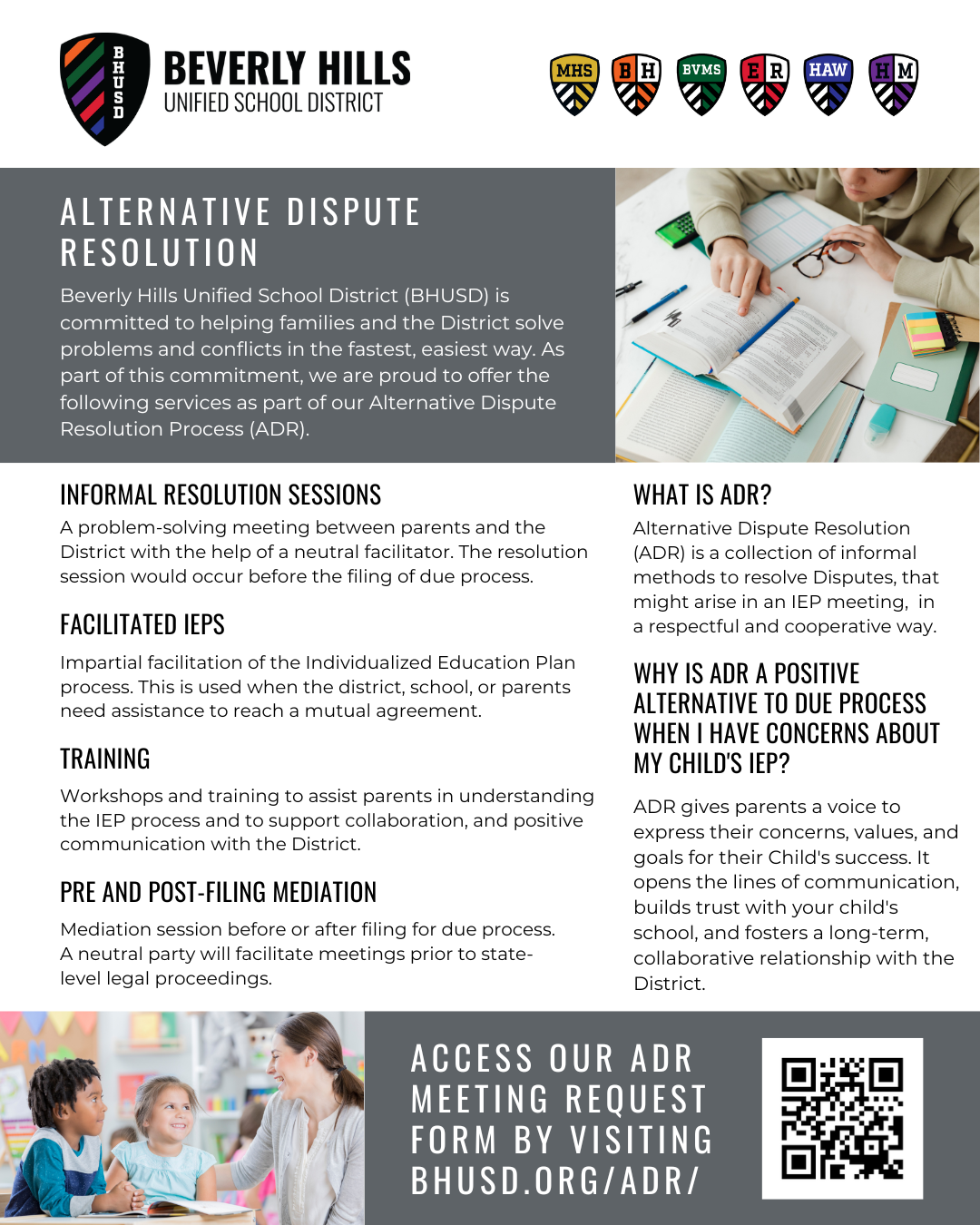
The California Healthy Kids Survey (CHKS) is an annual survey administered to students grades 3-12, school staff, and parents. The information gleaned from these results help inform intervention strategies, programmatic offerings, safe school practices, and work towards an ever-evolving positive school culture.
Different modules are completed by each student, depending on their grade level. Those students in grades 6 and below must receive active consent, that is, the student can not complete the survey without a parent's signature on a form confirming their approval. For students in grades 7 and above, passive consent is needed. This means a student is able to complete the survey, unless a parent signs the form saying the can not complete the CHKS.
The modules students will complete, by grade level, can be found below. Your school's administration will be sending home the consent form to be returned by the parent.
Each school will be completing the survey at a different day and time, according to their school's specific scheduling needs. Should you have questions about the administration of the survey, please reach out to your school's administration.
Thank you for supporting this meaningful data collection process as we gather information to guide the future of our district.
Elementary School Modules
Elementary School Questionnaire
Social Emotional Health Module
Middle School Modules
Middle School Social Emotional Health Module
High School Modules
High School School Climate Module
High School Alcohol & Other Drugs Module
High School Social Emotional Health Module
Staff Modules
Staff Survey: Trauma-Informed Practice Module
Parent Module
Survey for Parents and Guardians
Welcome to BHUSD Child Welfare and Attendance. Our mission is to improve student performance by implementing a strong network of services and support for students and their families. Student Services provides an interdisciplinary approach to the support of students, schools, parents and community. Student Services has interventions that can be initiated at the earliest sign of at-risk behavior such as attendance issues, inappropriate peer and adult relationships, violence, substance abuse, child abuse, physical and mental health needs. Student Services has formed a strong collaboration with community agencies, law enforcement, parents, students and staff.
We provide services in the following areas:
- School Attendance Review Board (SARB) and related attendance issues
- Attendance - Interdistrict/Intradistrict permits, random residency checks
- Residency
- Homeless and Foster Students
- Home and Hospital Instruction
- Health and Counseling Services (Attached below are several common health-needs forms.)
- District-wide discipline, including suspension and expulsion process
- Maintenance of All Student Records
- Child Abuse Reporting
- Drug and Alcohol Use Intervention
- Safe and Drug-Free Schools
- Title IX Support (Attached below are Title IX resources.)
- Enrollment Information and Process for Grades TK-12th
Please contact us if you have any questions.
| Enrollment Center Supervisor | Student Services Coordinator |
| Maria J. Fernandez | Dr. Benjamin Wardrop |
| (310) 551-5100 Ext. 2250 | (310) 551-5100 Ext. 2356 |
| [email protected][email protected] | [email protected] |
What is a complaint?
A complaint is a written and signed statement alleging a violation of a federal or state law or regulation, which may include an allegation of unlawful discrimination.
What are the responsibilities of the complainant?
The Complainant:
- Attempts to resolve the complaint with the site or program administrator.
- Receives complaint procedures from the Office of the Superintendent.
- Files a written complaint and follows the steps in the local complaint procedures.
- May appeal to the California Department of Education (CDE) for resolution if he or she is dissatisfied with the decision of the District.
- May appeal to the State Superintendent of Public Instruction if he or she is dissatisfied with the determination of the CDE.
- May appeal to the Office for Civil Rights (OCR) if he/she is dissatisfied with the decision of the District.
- The complainant may appeal to the State Superintendent at any time during the review and investigation of the complaint by the District and the complainant may pursue any other administrative or judicial remedy at any time.
What are the responsibilities of the District?
The District:
- Attempts to resolve the complaint with the site or program administrator.
- Designates specific Compliance Officers to be responsible for complaint resolution.
- Follows complaint procedures consistent with the California Code of Regulations, Title 5, section 4600-4671.
- Annually notifies parents, employees, committees, students, and other interested parties of local complaint procedures, including the opportunity to appeal the District’s decision. Complainants may also seek any civil law remedies that may be available.
- Protects complainants from retaliation.
What is the District’s procedure for filing a complaint?
Any individual, public agency, or organization alleging a violation of federal or state statutes may file a written complaint with the appropriate Board-designated Compliance Officer. Discrimination complaints must be filed no later than six months from the occurrence or when they are first acknowledged. The District and the CDE must protect the confidentiality of the parties and the facts related to the case.
The District:
- Completes an investigation and a written report within 60 days of receipt of a complaint. The District must give the filing party an opportunity to present evidence relevant to the complaint. The District must also advise the complainant regarding rights of appeal to the CDE or OCR. .
- Submits, on notification of an appeal, the following to the CDE or OCR:
- The original complaint.
- A copy of the District decision.
- A summary of the nature and extent of the investigation conducted by the local agency if not covered in the District decision.
- A report of any action taken to resolve the complaint.
- A copy of the District complaint procedures.
- Such other relevant information as the State Superintendent may require
- Within fifteen days may appeal to the State Superintendent of Public Instruction if the District is dissatisfied with the decision of the CDE
What are the responsibilities of the California Department of Education?
The California Department of Education:
- Keeps a file for every written complaint received.
- Refers each complaint to the District for local resolution when appropriate.
- Requests a report of a District action when appropriate.
- Conducts a mediation or investigation when:
- The District fails to act within 60 days or an agreed-upon timeline.
- A complainant appeals the District decision.
- The Department determines that direct intervention is necessary.
- Requires corrective action by the District concerning compliance issues identified through investigations of complaints.
- Provides technical assistance to correct compliance issues
BHUSD's Uniform Complaint Procedures Form
Uniform Complaint Procedures District Policies
Please contact our High School Nurse, with any questions regarding Health Services and immunizations.
Daniel Chavez
310-551-5100 EXT 8395
Links to common school-based issues in the health field:
When do I keep my child home from school?
Oral health assessment letter ... FORM
Board Policy 5141.3: Health Examinations
Administrative Regulation 5141.3: Health Examinations
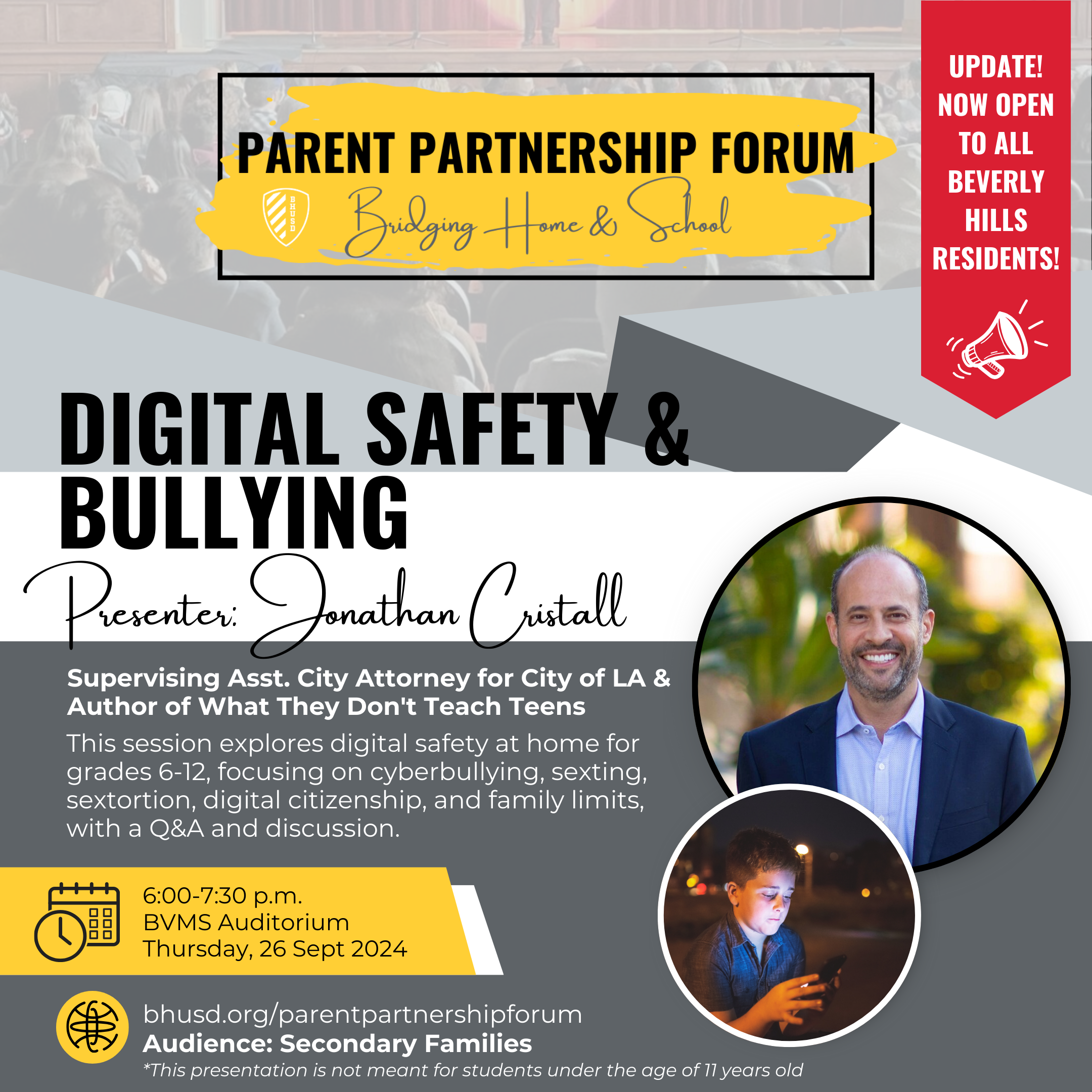
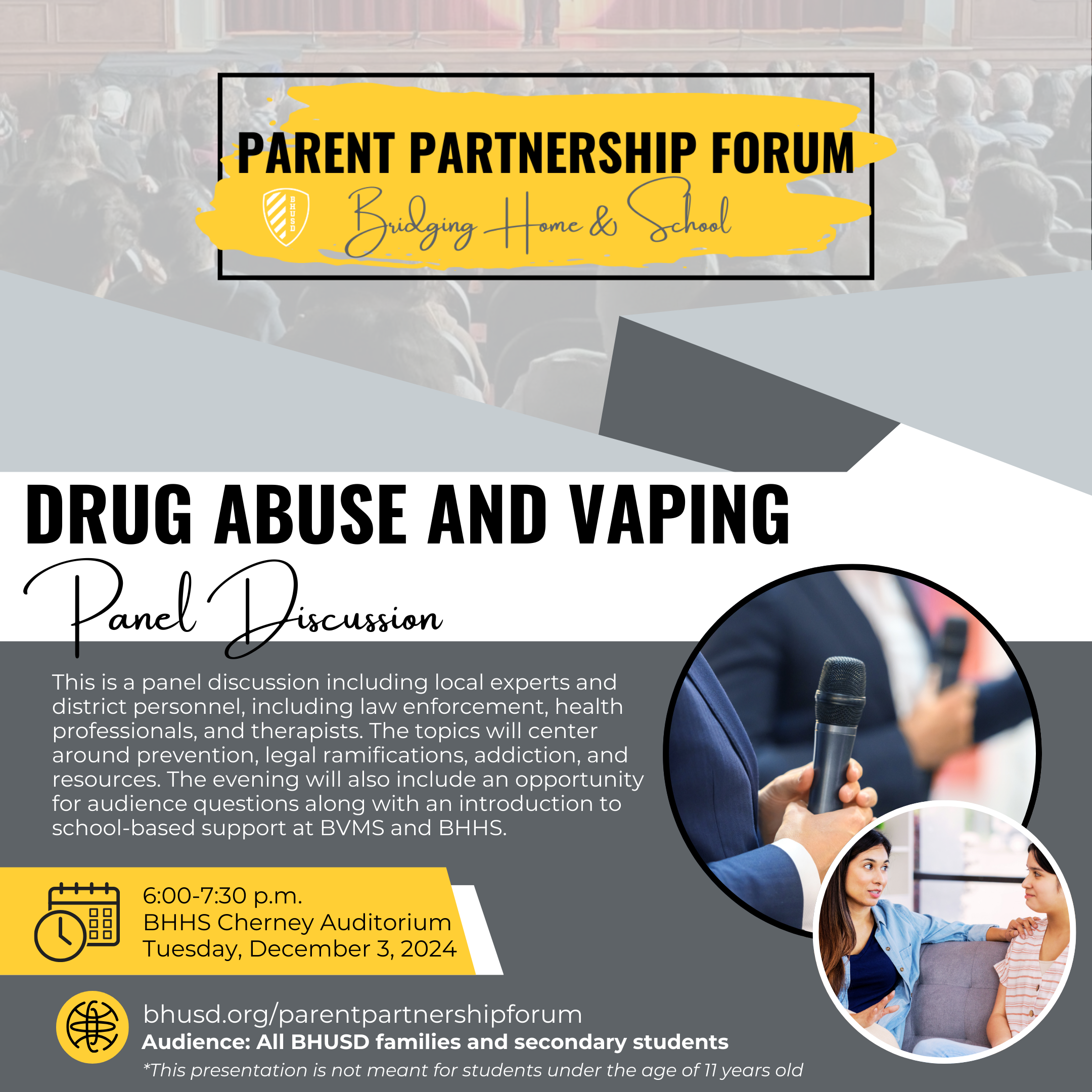
Are you unsure if you live within the BHUSD boundaries to ensure school eligibility? Please enter your address below to find out! If your address is within the district, your designated school will appear below. If you see "No results found," your address is outside of BHUSD.
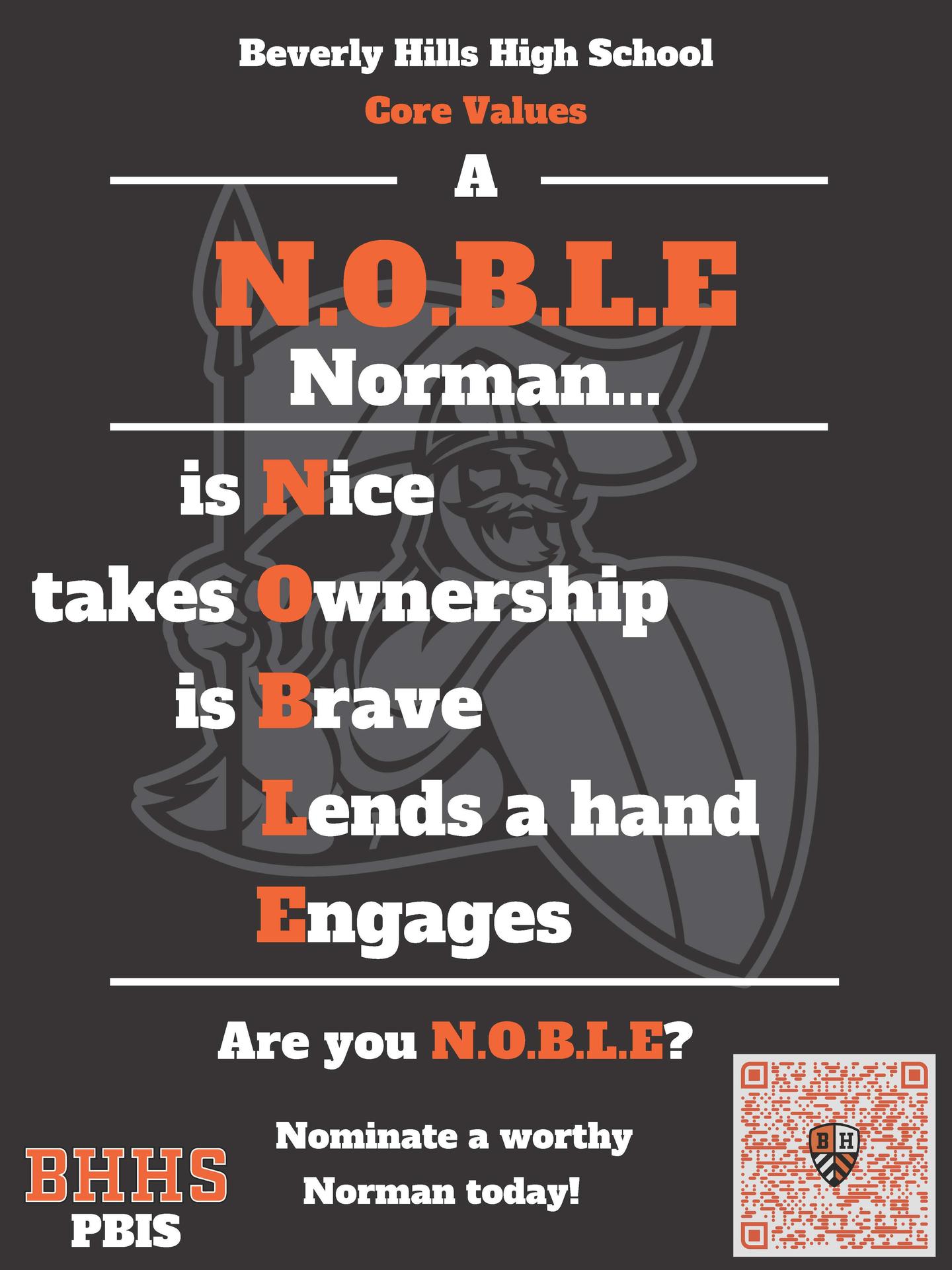

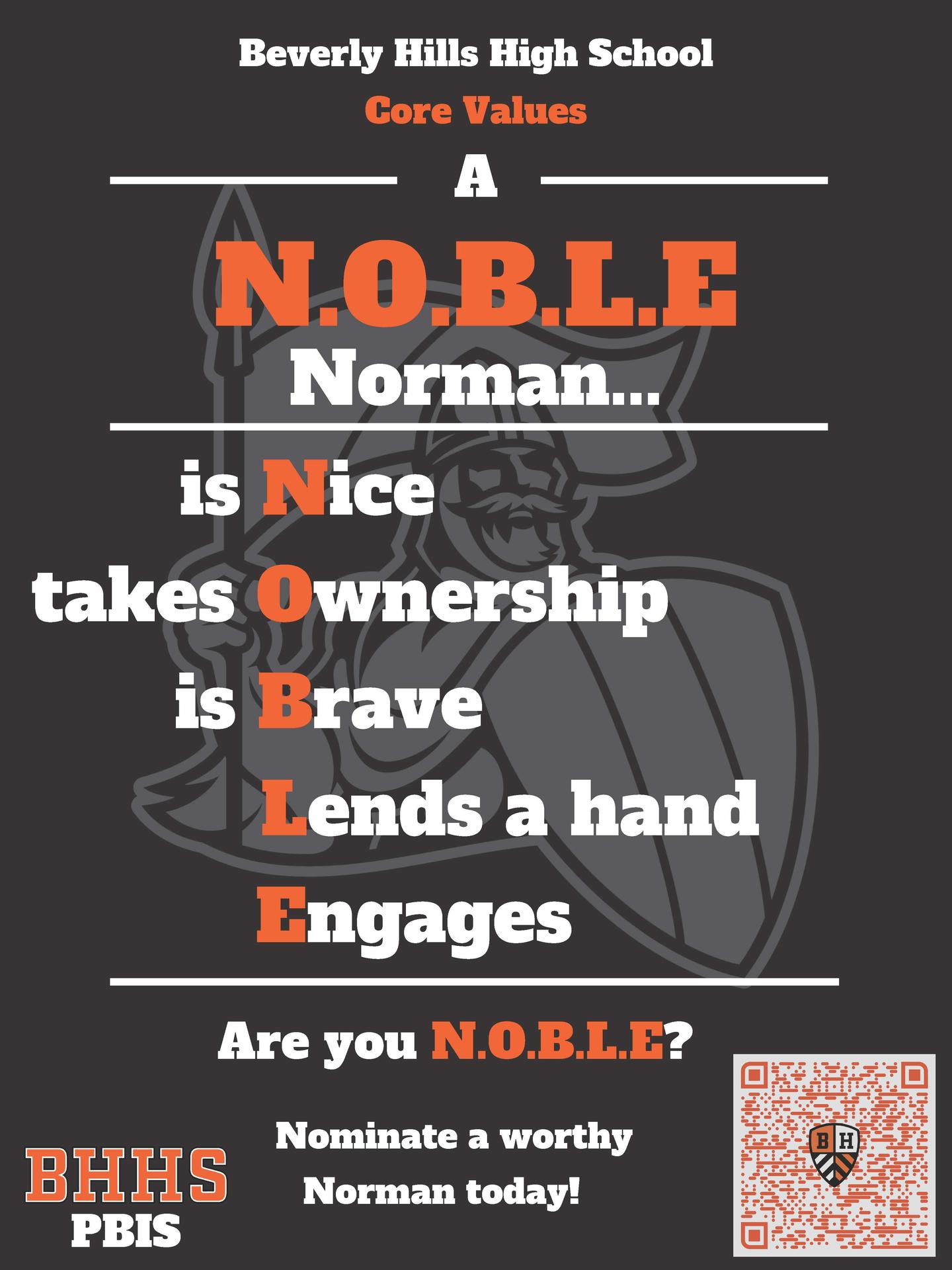
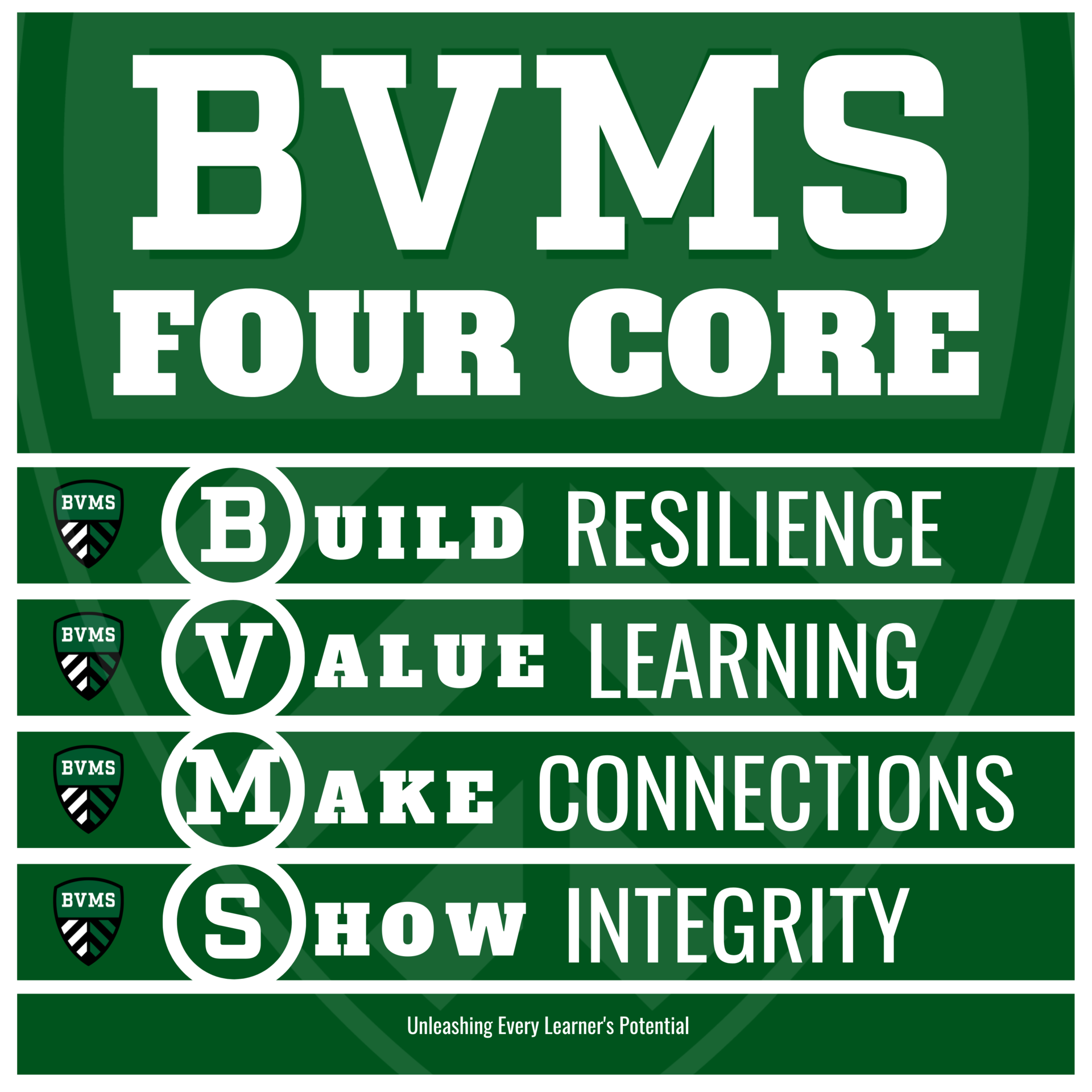
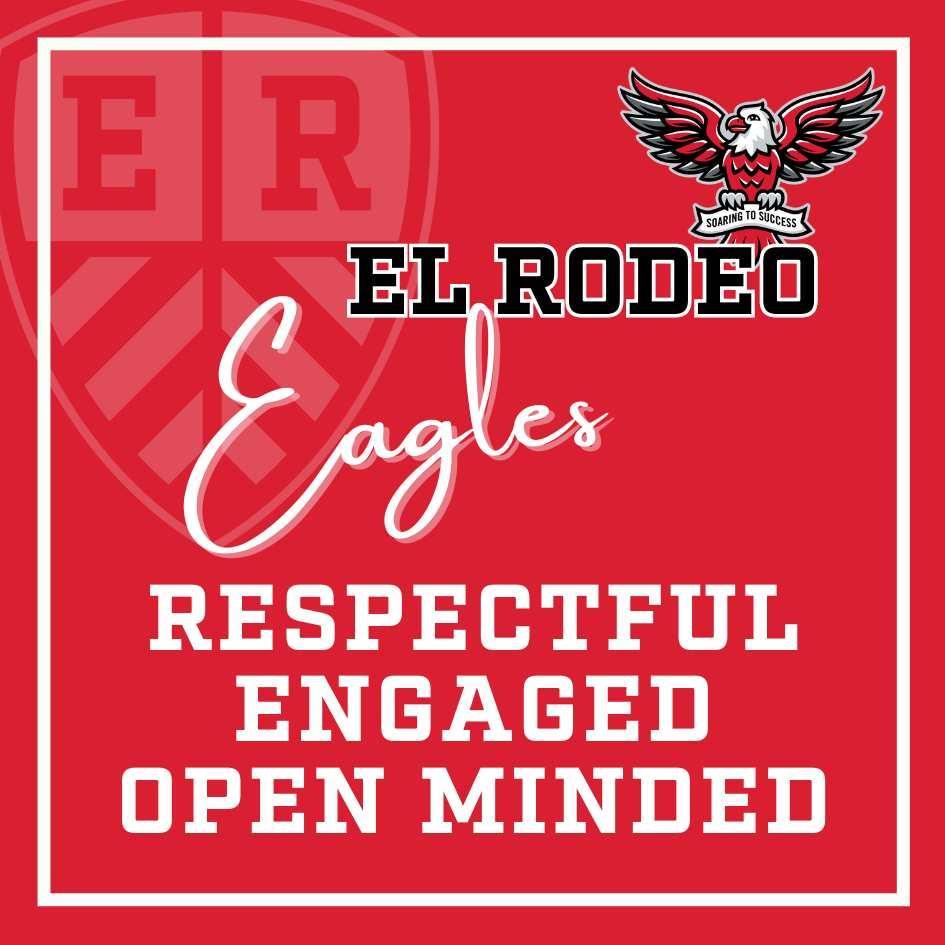
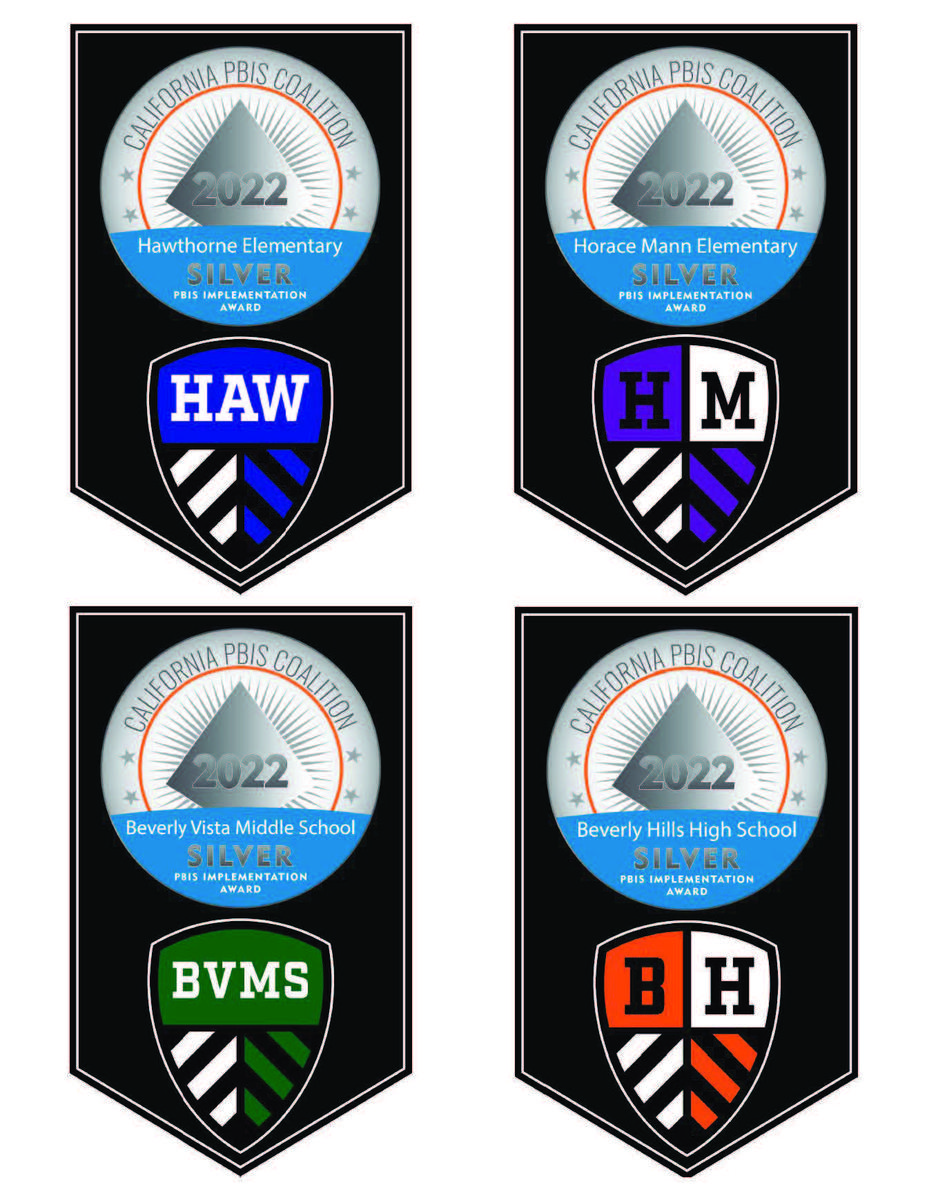
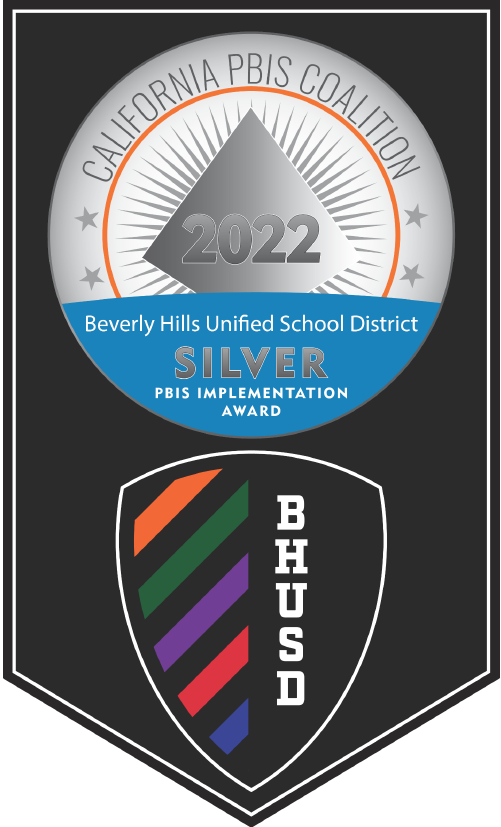
The Beverly Hills Unified School District places great emphasis on hiring well-qualified professional staff and places trust in its employees to advance the District’s educational mission. When a concern arises about a particular situation, it is desirable whenever possible to address the concern by approaching the responsible individual, discussing the concern, and trying to find a remedy without requiring formal administrative review.
Each school site in the District has an administrator assigned as the School Site 504 Coordinator. Parents with questions or concerns about Section 504 should contact the site Coordinator at their child’s school.
504 School Site Coordinators:
| School Site | 504 Contact | Phone | |
| Beverly Hills High School | Phil Chang, Assistant Principal | [email protected] | (310) 551-5100 Ext. 8345 |
| Beverly Vista Middle School | Joseph Little, Assistant Principal | [email protected] | (310) 551-5100 Ext. 3004 |
| El Rodeo Elementary | William Cameron, Assistant Principal | [email protected] | (310) 551-5100 Ext. 6291 |
| Horace Mann Elementary | Adrienne Kim, Assistant Principal | [email protected] | (310) 551-5100 Ext. 7101 |
If issues are not resolved, parents should contact Dr. Benjamin Wardrop, Director of Student Services at (310) 551-5100 ext. 2356 or [email protected]
Special Education
ADDRESSING THE SPECIAL NEEDS OF BHUSD STUDENTS
Beverly Hills Unified School District is committed to serving the educational needs of each of its students. Students learn in a variety of ways and most of our students learn effectively in a traditional instructional setting. However, sometimes students may require additional assistance and support.
The reauthorization of the Individuals with Disabilities Education Act (IDEA) in 2004 was viewed by Congress as an opportunity to review, strengthen, and improve IDEA 97 to better educate children with disabilities and enable them to achieve a quality education in the least restrictive environment (LRE). One of the ways Congress sought to achieve this was by ensuring access to the general education curriculum and providing students with appropriate interventions before special education is considered. The new emphasis on participation in the general education curriculum is intended to first consider interventions, accommodations and adjustments necessary for students to access the general education curriculum in LRE.
Each school site has a Student Success Team (SST) of trained professionals who review concerns about individual students. The SST serves as a general education problem-solving process and is a forum to support classroom teachers in their effort to provide quality classroom experiences for all of their students. The SST is a general education process that is neither a function of special education nor an automatic process for referral and/or assessment for special education services. Those students who have been assessed and identified as having a disability may be eligible to receive special education services through an Individual Education Program (IEP). These services are designed to meet the student’s individual educational needs.
How do I know if a student may need special education services?
Your student may have difficulties that interfere with his/her ability to go to school or to learn. These difficulties may be in one of these general areas:
Speech and Language Development
Some students may have a very difficult time learning to speak clearly and/or understanding what is said to them.
Vision Problems
Some students may have great difficulty seeing objects and/or printed words even though they may already be wearing glasses.
Hearing Problems
Some students may have difficulty hearing and/or distinguishing sounds and voices, even with hearing aids.
Physical Development
Some students may have trouble learning to walk, move or work with small objects.
Academic Development
Some students may have great difficulty learning to read, write or do arithmetic. Young students may have trouble with pre-school skills such as learning shapes and colors.
Thinking/Memory Skills
Some students may have more difficulty than others in remembering what they see or hear. As a result, it may be a challenge for them to solve problems in daily living or schoolwork.
Attention/Perception Skills
Some students may have difficulty processing or understanding information. As a result, it may be hard for them to pay attention or follow directions.
Social/Emotional Development
Some students may have trouble managing their feelings and/or behavior. They may find it very difficult to get along with others. It may be hard for them to make friends or to cope with changes in their lives.
Living Skills
Some students may be challenged by day-to-day activities such as dressing, feeding themselves or taking care of their basic health and grooming needs.
Other Health Conditions
Some students have serious or chronic medical conditions that may interfere with school attendance or learning.
Special Education
Specialized Academic Instruction
Instruction designed for students who require special education assistance is provided by a credentialed Special Education teacher as authorized on the student’s Individual Education Program (IEP). This specialized instruction may be provided within the general education classroom in a co-teaching or collaborative model, through consultation with general education teachers, and/or in a pull-out model in the Learning Center. Additionally, assistance from trained instructional assistants and accommodations or modifications to curriculum provides additional support to students within the general education classroom. Specialized Academic Instruction focuses upon individual goals and objectives established for each student from their IEP.
Related Services
Adapted physical education, language and speech, physical and occupational therapy and counseling are some examples of Related Services. Related services may be required to assist a student to benefit from special education.
The above-mentioned special programs emphasize the importance of the least restrictive environment philosophy. The expectation is that the special needs student will participate in the regular school program as much as possible in the least restrictive environment (LRE) in order to access the curriculum.
Please view our district's TRI-CITY SPECIAL EDUCATION LOCAL PLAN AREA (Notice to Parent/Guardian/Surrogate)
Beverly Hills Unified School District (BHUSD) is committed to helping families and the District solve problems and conflicts in the fastest, easiest way. As part of this commitment, we are proud to offer the following services as part of our Alternative Dispute Resolution Process (ADR). For more information, please visit our ADR information page HERE.
These documents are in Adobe Acrobat Portable Document Format (PDF). If you don't have a copy of Adobe Acrobat, download it from Adobe first.
Student Services Department Telephone number 310-551-5100 extension 2226
BHUSD uses a positive behavior intervention system to eliminate bullying and cyber-bullying.
This unique intervention is implemented at our elementary, middle and high schools.
If you suspect that your student is being bullied or cyber-bullied, remember we are here to help!
Please contact your school principal or complete a Bullying Report Form here:
Report Bullying Confidentially
The Board of Education recognizes the harmful effects of bullying on student learning and school attendance and desires to provide a safe school environment that protects students from physical and emotional harm. District employees shall establish student safety as a high priority and shall not tolerate bullying of any student.
We remain committed to protecting students who are harassed, intimidated, or bullied by taking immediate steps to intervene.
Board Policy 5131.2 - Bullying
Board Policy 5141.52 - Suicide Prevention
Please read the Title IX/Gender Equity Information HERE
We care about ALL our students, if someone you know is having thoughts of suicide, call or text the Suicide & Crisis Lifeline by dialing 988.
Help is available, to learn more about suicide risk factors, warning signs and resources to help someone who may be at risk, please visit the following website Suicide Prevention - County of Los Angeles Public Health
Sex Equity: Title IX Notifications – EC 221.61
Title IX is a federal law that was passed in 1972 to ensure that male and female students and employees in educational settings are treated equally and fairly. It protects against discrimination based on sex, including sexual harassment, and transgender students or students who do not conform to sex stereotypes. State law also prohibits discrimination based on gender (sex), gender expression, gender identity, and sexual orientation.
Our District Administration and the Title IX Coordinator are aware of and acknowledge the new Title IX regulations released on May 6, 2020 and effective as of August 14, 2020.
Our Title IX team received training on these regulations on February 5, 2025.
Please click on the link to review these training materials
Definitions: Sexual Harassment Title IX
Conduct on the basis of sex that satisfies one or more of the following:
1. Quid Pro Quo: Employee conditions the provision of an aid, benefit, or service of the recipient on the Complainant’s participation in unwelcome sexual conduct;
2. Hostile Environment: Unwelcome conduct determined by a reasonable person to be so severe, pervasive and objectively offensive that it effectively denies a person equal access to the recipient’s education program or activity.
3. Sexual Assault (20 U.S.C. 1092(f)(6)(A)(v))
4. Dating violence (34 U.S.C. 12291(a)(10))
5. Stalking (34 U.S.C. 12291(a)(30
Filing a TITLE IX Complaint - Students or parents/guardians should report a Title IX complaint to the school administrator who has been trained in Title IX within 6 months from the date the alleged incident occurred or first obtained knowledge of the alleged incident. Complainants have a right to a timely and informal resolution at the school site if feasible. If the complainant is dissatisfied with the school-site decision. Student / parent guardian complaints shall be submitted in written form. This will begin the investigation process which must be completed within 60 days. Complainant does have a right to appeal the decision.
The administrators for each school site are listed below:
Beverly Hills High School
Drew Stewart, Principal - [email protected] - 310-551-5100 x 8345
Beverly Vista Middle School
Rich Waters, Principal - [email protected] - 310-551-5100 x3001
El Rodeo
Sarah Kaber, Principal - [email protected] - 310-551-5100 x 6293
Horace Mann
Ontrece Ellerbe, Principal - [email protected] -310-551-5100 x7105
Moreno High School and ILC
Dr. Dustin Seemann, Assistant Superintendent of Education Services - [email protected] - 310-551-5100 x2240
District Resources:
You may file a Title IX complaint by visiting BHUSD's Complaint Procedures page.
Information about Education Code section 221.9 (Competitive Athletics) can be found HERE.
Board Policy 0410 - Nondiscrimination in District Programs and Activities
Board Policy 5145.2 - Nondiscrimination/Harassment
US Department of Education and California Resources:
The link to the United States Department of Education Office for Civil Rights' complaint form and contact information is below: https://www2.ed.gov/about/offices/list/ocr/complaintintro.html
The link to the California Department of Education Office of Equal Opportunity is below:
http://www.cde.ca.gov/re/di/or/oeo.asp
Office for Civil Rights - Title IX FAQs
The Title IX Coordinator for BHUSD is:
Dr. Benjamin Wardrop
Director, Student Services
310-551-5100 EXT 2356
Beverly Hills Unified School District believes that the identification of homeless students is critical to improving the educational outcomes of such students and ensuring that unhoused students have access to the same free and appropriate public education provided for other students within the district. The district shall provide unhoused students with access to education and other services necessary for such students to meet the same challenging academic standards as other students.
Uhoused students are students who lack a fixed, regular, and adequate nighttime residence and include:
1. Students who are sharing the housing of other persons due to loss of housing, economic hardship, or a similar reason, are living in motels, hotels, trailer parks, or camping grounds due to the lack of alternative adequate accommodations; are living in emergency or transitional shelters, or are abandoned in hospitals.
2. Students who have a primary nighttime residence that is a public or private place not designed or ordinarily used as a regular sleeping accommodation for human beings.
3. Students who live in cars, parks, public spaces, abandoned buildings, substandard housing, bus or train stations, or similar settings within BHUSD attendance boundaries.
4. Migratory children who qualify as homeless because they are living in conditions described in items #1 - 3 above.
Unaccompanied youth includes a homeless child or youth, not in the physical custody of a parent or guardian.
(CA Education Code 48859, USC 11434a)
Beverly Hills Unified School District Unhoused and Foster Youth Coordinator:
Dr. Benjamin Wardrop
Director of Student Services
(310) 551-5100 Ext 2356
Student Nighttime Housing Questionnaire
Search and connect to support at findhelp.org
Los Angeles County Office of Education Brochure
Further inquires regarding BHUSD Student Services, please email: [email protected].




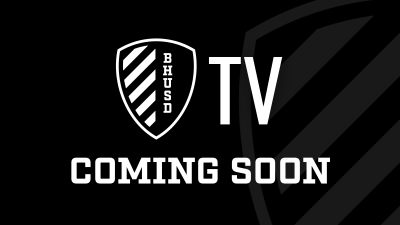
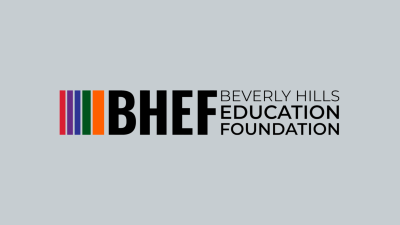

.png?command_1=resize&width_1=400)
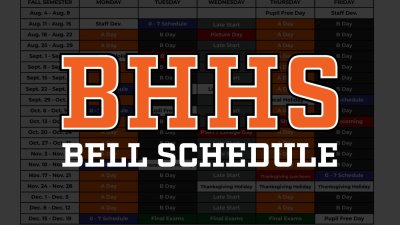



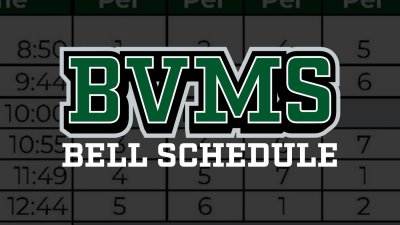
.png?command_1=resize&width_1=400)
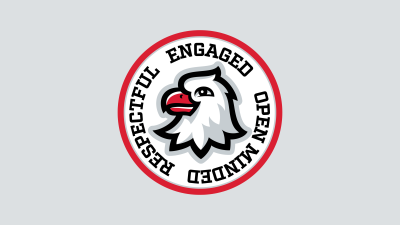
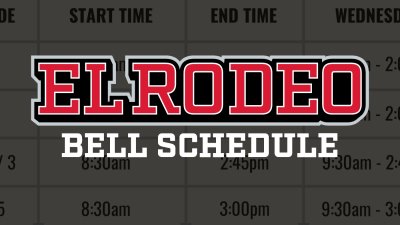
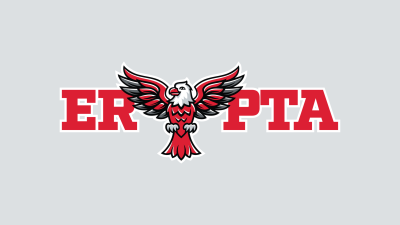
.png?command_1=resize&width_1=400)
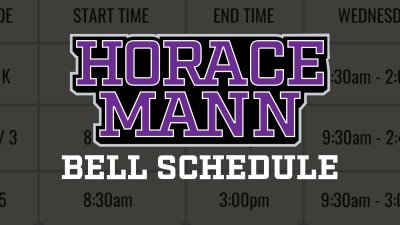
.png?command_1=resize&width_1=400)
